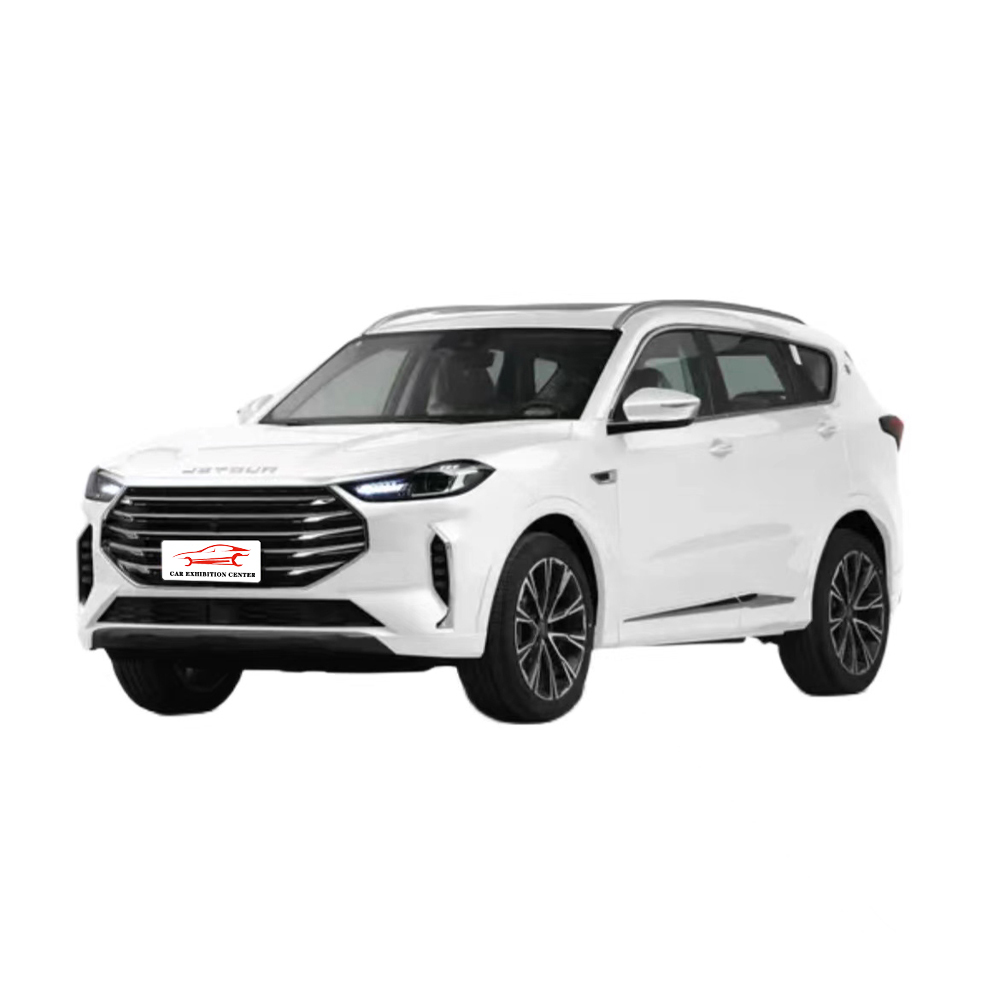Overview of the Russian Automobile Market
In order to help you have a clear understanding of the Russian automobile market, I will give you a general introduction to the current situation of the Russian automobile market in written form. Please read it;
On February 24, 2022, Russia and Ukraine broke out in the largest military conflict between countries in the 21st century due to geopolitics. The United States, together with nearly 40 countries in the entire Western world and the most developed economies, jointly imposed the most severe, wide-ranging and most extensive sanctions on Russia in the political, economic, defense, industrial, trade and financial fields. So far, 11 sanctions have been imposed, affecting more than 10,000 aspects of the national economy. In the initial stage, it caused a devastating blow to the Russian economy, but the Russian government quickly took effective measures to effectively control the deterioration of the situation in the shortest time, stabilized the people's hearts, stabilized the downward trend of the economy, and restored the overall stability of the country.
After the outbreak of the Russia-Ukraine war in 2022, 11 major global manufacturers in the Russian automobile sector have suspended their business activities in Russia. They include Germany's Mercedes-Benz, BMW, Volkswagen, the United States' Ford, General Motors, Italy's Ferrari, Japan's Toyota, Honda, Sweden's Volvo, France's Citroen and South Korea. These brands had sales of approximately 315 billion rubles in Russia in 2021.
Current situation in 2022
Military operations have led to major changes in the entire macro-economy, which has directly affected the substantial changes in the Russian automobile market. As of 2022, nearly 50 foreign automobile brands have withdrawn from the Russian automobile market. At the same time, 11 large multinational automobile manufacturers have announced the suspension of their Russian operations,
causing an average sales decline of 60%.
Market conditions in 2021
In 2021, Russia's auto sales were 1.536 million, ranking fourth in Europe.
At the same time, Chinese auto brands bucked the trend and saw a significant increase in sales in Russia, with Haval 125%, Chery 229%, and South Korea's Genesis 248%. These three brands surpassed major manufacturers. In 2021, Chinese brands sold a total of 116,000 vehicles in Russia, twice as much as in 2020.
At present, there are as many as 15 Chinese brands selling well in the Russian automobile market, including Haval, Chery, Geely, Changan, Great Wall, Xingtu, FAW, GAC, Lifan, Dongfeng, Brilliance, Zotye, Foton, Tank, JAC, and OMADA.
Among them, Haval and Chery have become the most well-known car brands in Russia. With the growth of exports, the rapid improvement of automobile accessories, namely the "new three things". The "new three things" in foreign trade are: electric passenger cars, lithium batteries, and solar cells. In the first five months of this year, the export of the "new three things" in various places has grown rapidly. Among them, the export value of the "new three things" in Jiangsu Province reached 87.9 billion yuan. Photovoltaic enterprises in Zhejiang Province actively explored the markets of Russia and the five Central Asian countries, exporting more than 100,000 solar cells. From January to April, the export of lithium batteries in Fujian Province was 38.9 billion yuan.
Taking new energy vehicles as an example, China exported 3.11 million vehicles in 2022, becoming the world's second largest automobile exporter after Japan, of which 679,000 were new energy vehicles.From January to April 2023, China exported 1.37 million vehicles, surpassing Japan to become the world's largest automobile exporter, of which 348,000 were new energy vehicles.
Status of auto parts, components and consumables
By the end of 2022, the sales of auto parts in Russia had exceeded 3 trillion rubles (about 300 billion yuan at the exchange rate). The auto parts market has grown by 30% in the past year. The reasons for the growth are inflation, general aging of cars (the average age of Russian cars in 2022 exceeded 14 years), shortage of new cars and high costs. Tires accounted for 15% of the total sales, suspension parts -10%, lubricants -8%, and filters 6%. In short, 68% of Russia's auto parts consumption relies on imports.
Forecast
Russia will restart the scrapped car program, and by 2024, the demand for auto parts in Russia will increase by 25-35%. The original parts and consumables will reduce their availability, which will lead to an increase in demand for cheaper car brands, non-original parts and wearing parts. In particular, the demand for Chinese-made cars will increase.
Inflation has led to a decline in real income, resulting in a weakening of the purchasing power of the population and the aging of cars, leading to an increase in demand for spare parts, second-hand cars and low-priced cars. The above situation has increased the confidence of Chinese automakers and the production and assembly of cars abroad.
Low purchasing power of the population has led to a decline in the price of new cars in the Russian auto market and has caused consumers to turn to buying more economical and practical cars.
--Aging vehicles, broken supply chains in the West and the withdrawal from the Russian market have led to an increase in demand for non-original spare parts and consumables and wearing parts.
Optimistic outlook
The above factors provide Chinese automakers, auto sales companies, and spare parts export companies with more opportunities to export to the Russian and five Central Asian markets. Chinese automakers with lower prices and a wide range of models will be deeply loved by foreign consumers and will also usher in a larger market share.
Written by Wu Yongtao on Sunday, July 18, 2023




